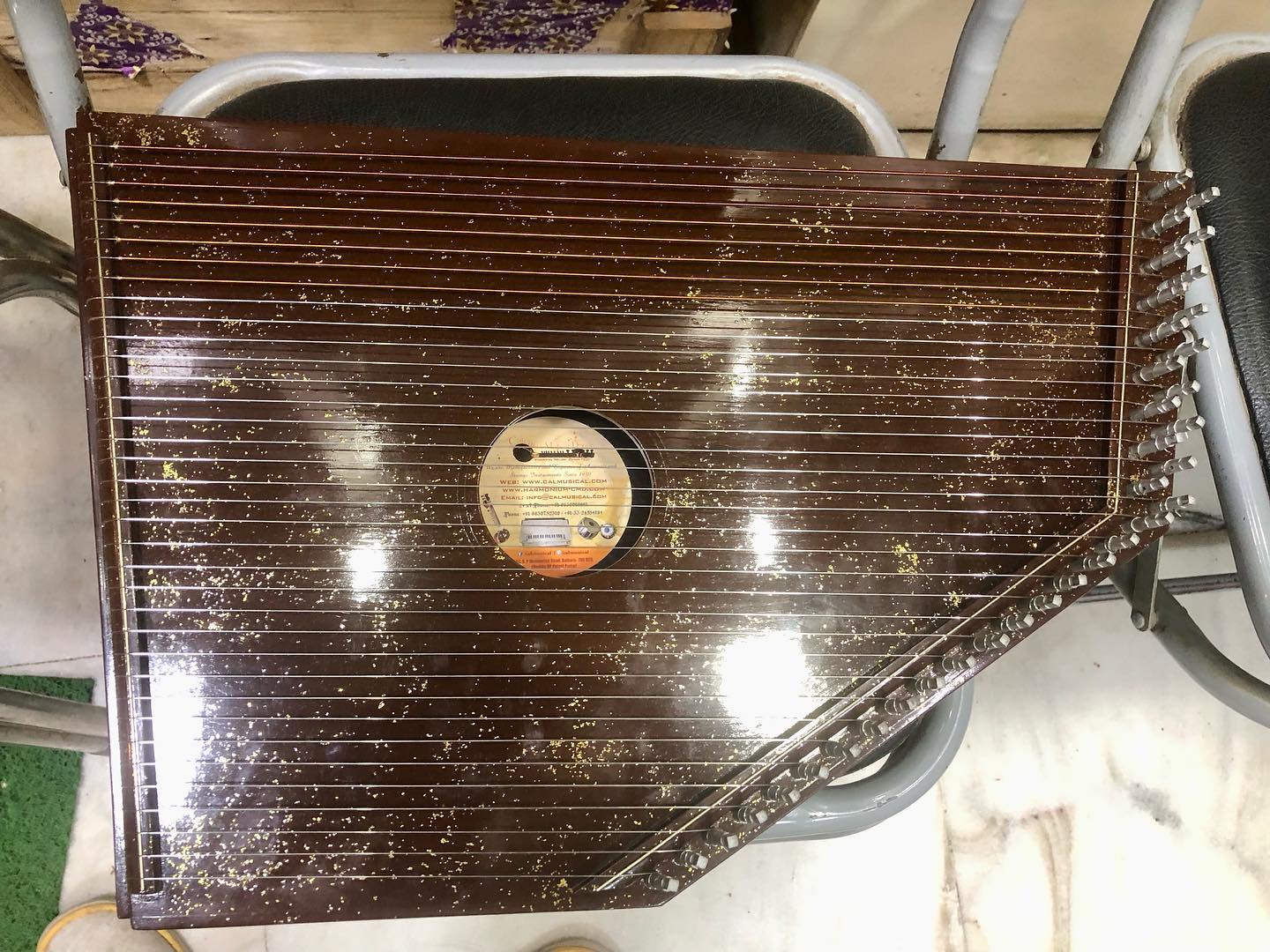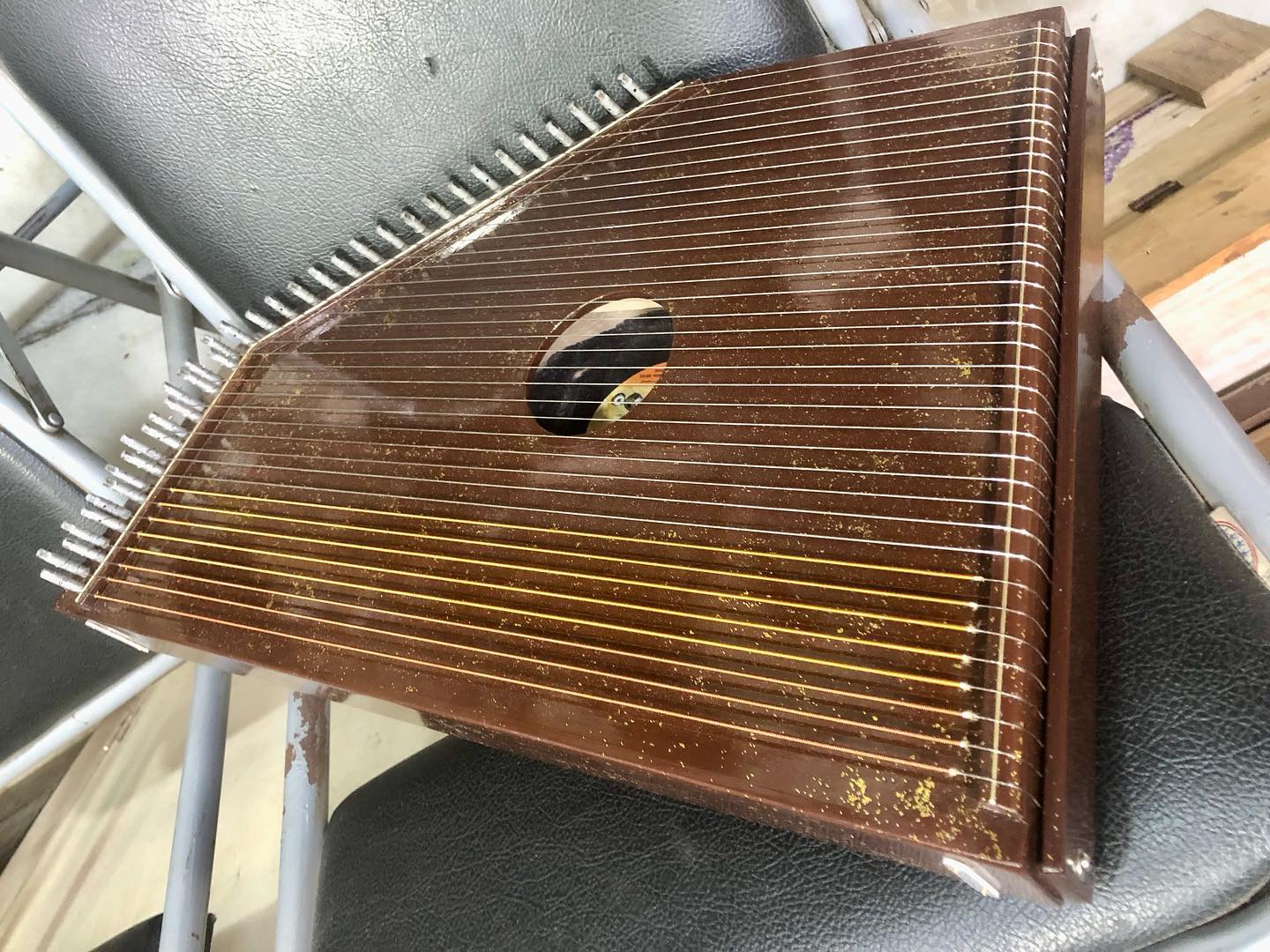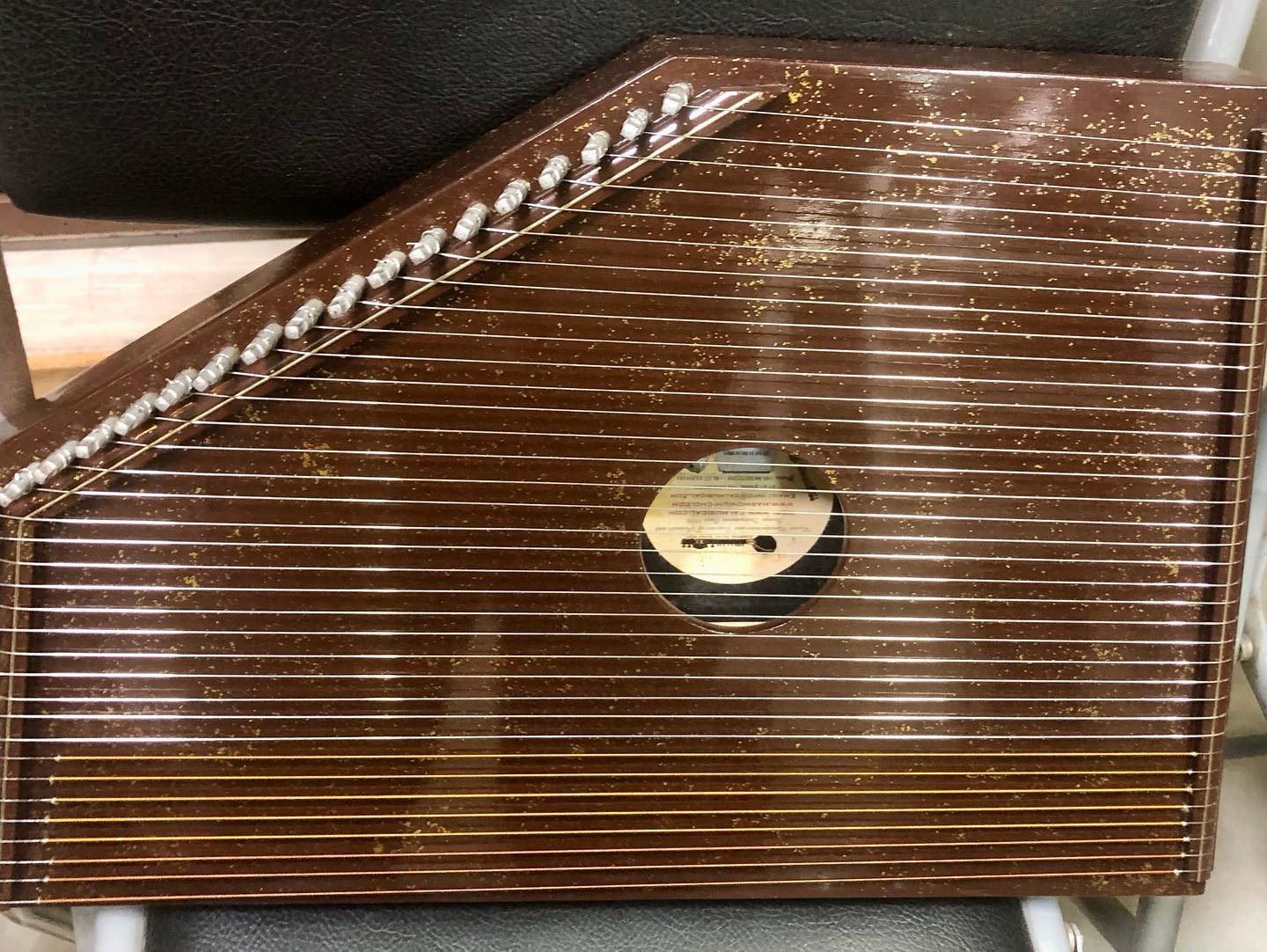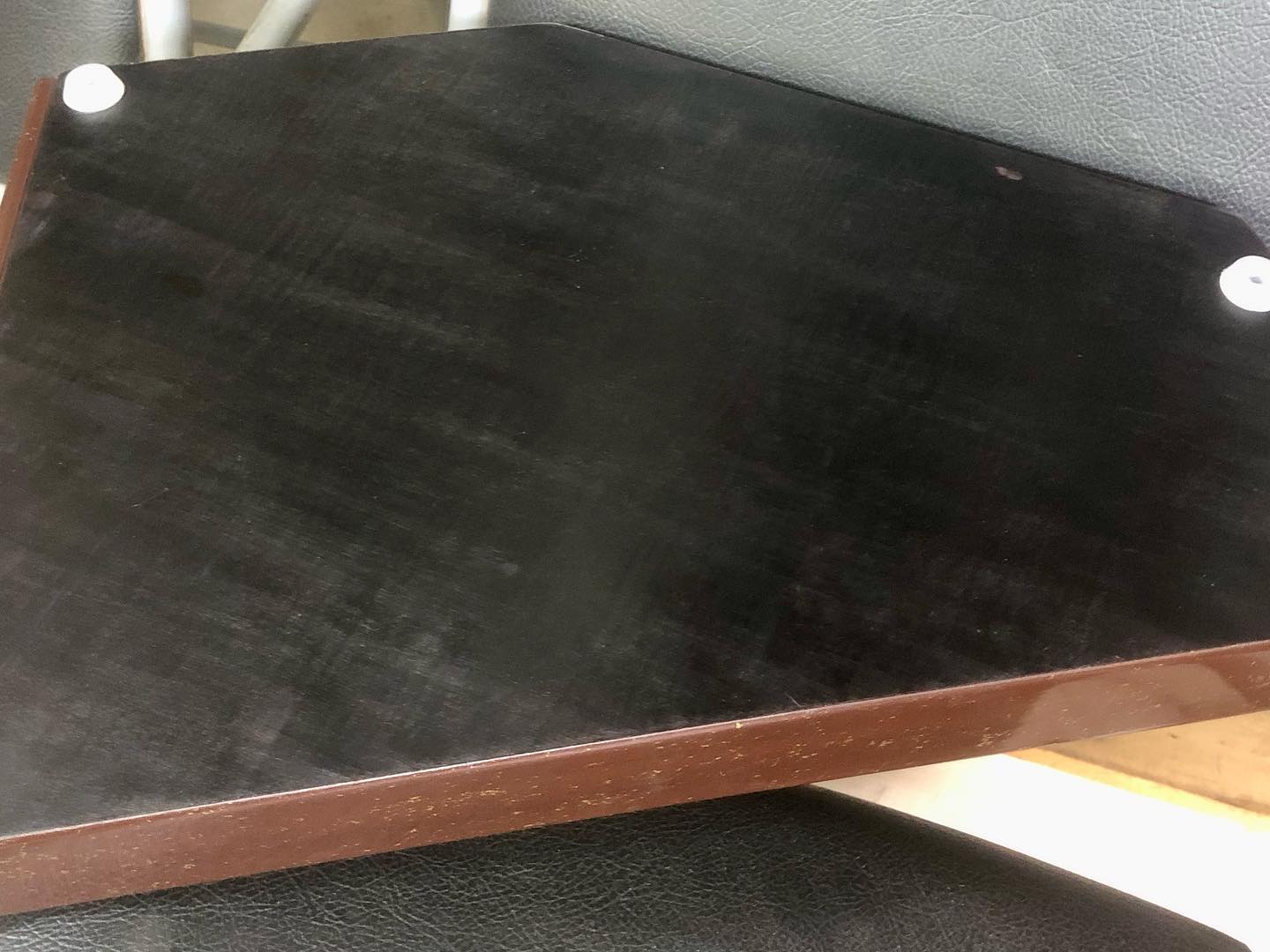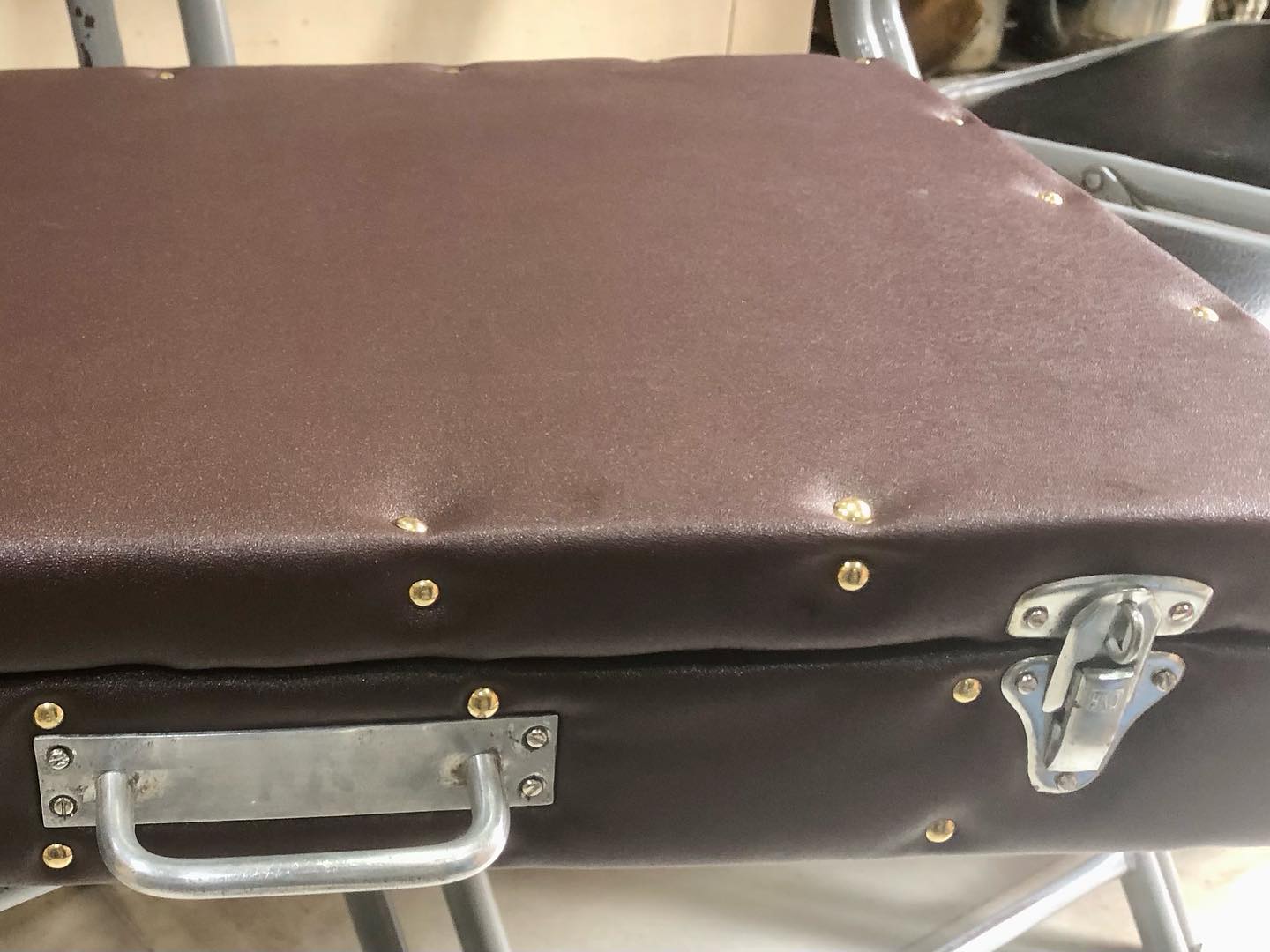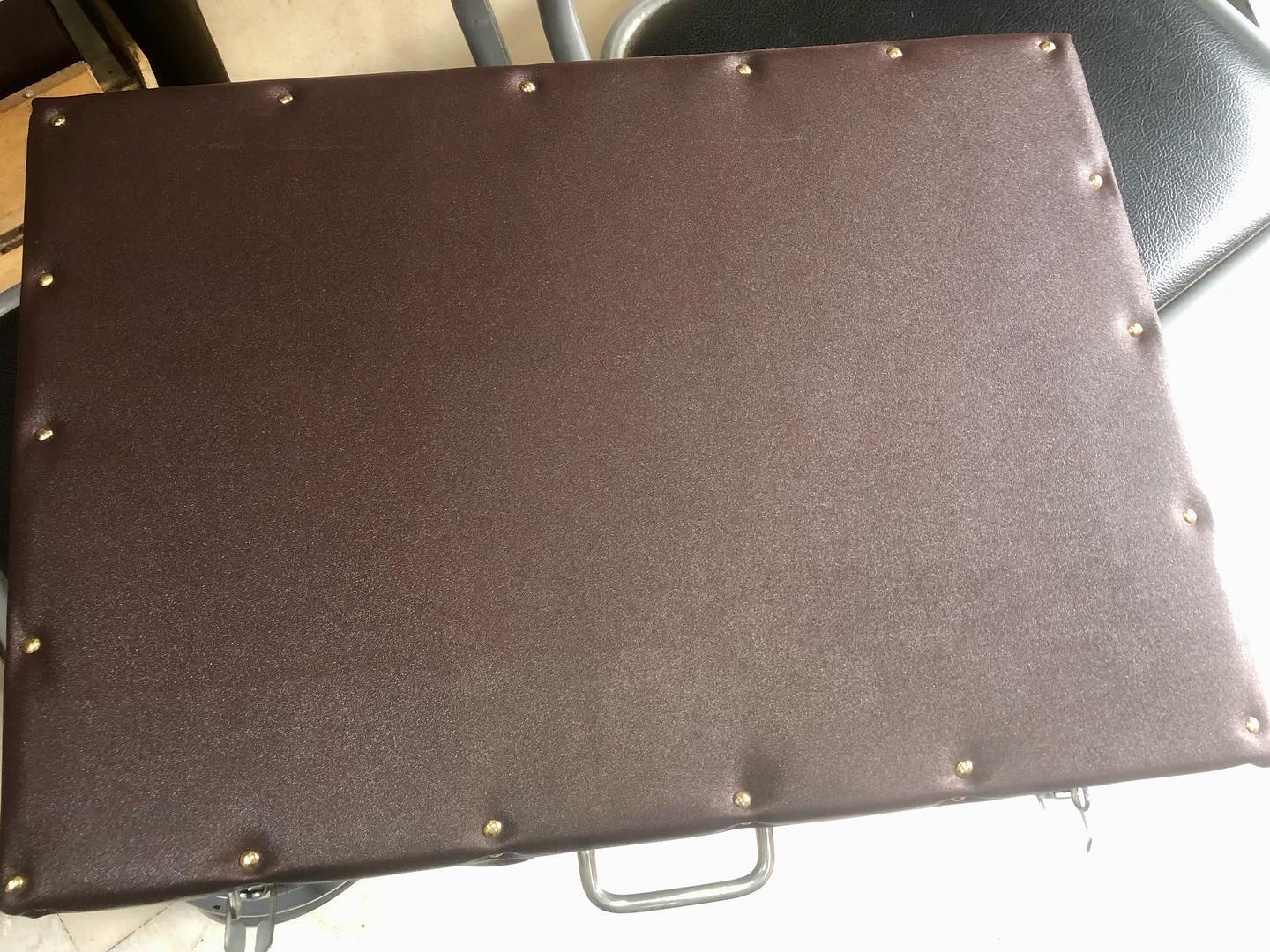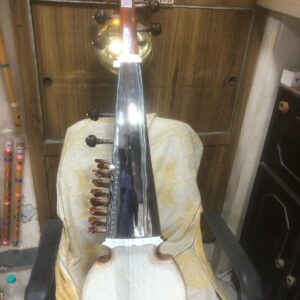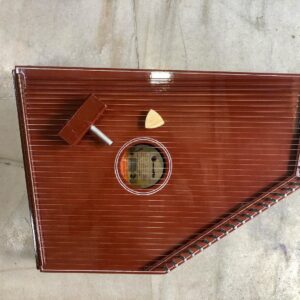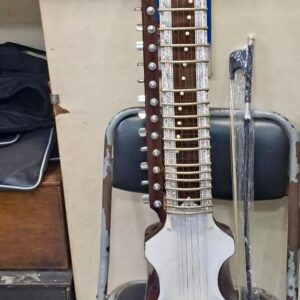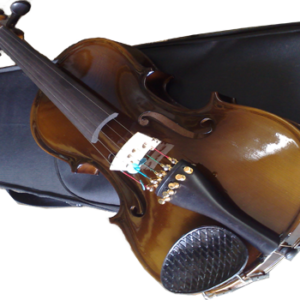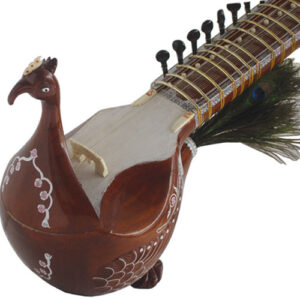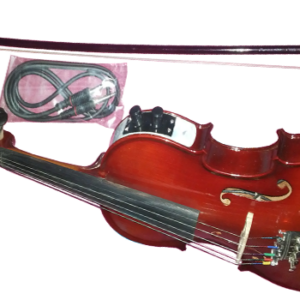Description
Special Swarmandal
Special Features:
Best sound quality, classically tuned.
Delivery Time: 15-20 Working Days after Successful Payment.
For More information SMS 1900S Name Email Country and Send to +919830066661
N.B: All prices are inclusive of Shipping (International Air Mode)/ Packing/ Tax/ Insurance. No hidden cost. Read our Terms & Conditions, Privacy Policy and Shipping Policy.
In The Box: Special Swarmandal, Tuning Key, Wooden Box
History (Wikipedia):
From where we get Special Swarmandala- Small history below:
Our knowledge about the Special Swarmandal is from Wikipedia. As per Wikipedia, we shared this small history to let our customers know about the Swarmandal history. The swarmandal likely shares its origins with the 13th-century instrument known as the mattakokilā, or intoxicated cuckoo. During the Mughal period, the Ā’īn-i-akbarī regarded the swarmandal as equivalent to the qanun. In the 19th century, a writer noted that skilled performances on the instrument were rare, primarily due to its challenging playability and high cost.
Modern swarmandals resemble European psaltries, and today, autoharps serve as an equivalent instrument in India, particularly when the chord-button mechanism is removed. Specifically, contemporary swarmandals take on a trapezoidal shape, measuring 51 cm (20 in) in length and 28 cm (11 in) in width. These instruments can feature up to 40 strings, while older versions from the 19th century typically had 21 strings.
Interestingly, the strings attach to a nail on the right edge of the swarmandal and wind around tuning pegs on the left, which can be tightened using a special key. In the medieval period, musicians used wooden pegs instead of metal ones. Additionally, a sharp 1⁄2-inch (13 mm) ridge on both sides of the swarmandal stands slightly apart from the nails that secure the strings, functioning as a bridge on either side. Ultimately, the instrument shares many characteristics with the autoharp and zither, this provides a basic history of Swarmandal.

